Instructional strategies and tips for using comics in class!Our comics are a super fun way to hook readers! While the adventures involving our dog and cat are, of course, science fiction they are VERY heavy on science fact. Best of all, they model and support the spirit of inquiry! If you are new to our comic, click here to read the back story. There is even a pdf version you can share with families! Each mission has an adventure that unfolds over six weekly episodes so you can build anticipation while exercising memory skills. Each comic also has a read aloud video reminiscent of Reading Rainbow. Each week, I'll provide some tips for using the comics to support literacy instruction. I'll organize by grade level, but of course, we all know that age and grade do not always follow a child's developmental path. No matter the grade or the skill set of your learners, they will have an entry point for learning while still feeling like part of the group. While we hope they inspire all your budding readers, we were particularly interested in creating a reading experience that will engage more reluctant readers.
Kindergarten: At this time of year you may be introducing consonant digraphs, so our sound effects are giving your students a chance to use them!
Grade 2: The text boxes are aimed at our most advanced readers. Try teaming them up with some kinder-pals. They can support the kindergarten kiddos is sounding out the sound effects and your super star second graders can read the rest. Win/win!
Kindergarten: We've got some interesting new challenges for our earliest readers this week!
Grade 2: This episode marks the half way point of the adventure! Ask students to recall what has happened so far. Then challenge them to predict what will happen next. For an added challenge have them story board out their predictions and then compare their imagined episodes to the ones we share. Kindergarten: Check out some of the ways you can use the comic to reinforce, reteach, or even introduce new literacy comics this week:
0 Comments
Instructional strategies and tips for using comics in class!Our comics are a super fun way to hook readers! While the adventures involving our dog and cat are, of course, science fiction they are VERY heavy on science fact. Best of all, they model and support the spirit of inquiry! If you are new to our comic, click here to read the back story. There is even a pdf version you can share with families! Each mission has an adventure that unfolds over six episodes so you can build anticipation while exercising memory skills. Each comic also has a read aloud video reminiscent of the Reading Rainbow. The other thing I absolutely love about our comics is that they are multi-level reading documents so you can meet the needs with a super wide range of learners with a single resource. Each week, I'll provide some tips for using the comics to support literacy instruction. I'll organize by grade level, but of course, we all know that age and grade do not always follow a child's developmental path so no matter the grade or the skill set your learners will have an entry point for learning while still feeling like part of the group.
Kindergarten: Our sounds effects are geared towards supporting kindergarten reading skills. As students learn to connect sounds and symbols, empower them to use that beginning knowledge to read! Try these activities:
First Grade: Our speech bubbles provide a bit more challenge for early readers. While most of the dialog is comprised of common sight words or easy to decode text, there are some trickier words in there. Words like "dinosaur" and "force field" may not be typical grade level decodable words, but students will soon learn them as they'll be repeated throughout the adventure. Try this: project the comic on your white board. Have students indicate the words within the speech bubbles that are easy to read and cross them off. Next, circle the remaining words. What strategies can they use to figure them out? Write each of these words on an index card and place a small picture cue next to it. Finally, erase all your marks and read through the panels together. Reference the tricky word cards you created as necessary. Second Grade: For many second graders, much of the comic will be easy to read but the texts boxes will likely be at their instructional level. Form mixed ability teams to read the various parts. One group can read Curiosity Cat's speech bubbles. Another will read Data Dog's thoughts and words. A third group will act as narrator reading the text boxes. Everyone can join in on the sound effects! These mixed ability choral reading groups can even take on a bit of a reader's theater feel with each group working on expressive reading.
Kindergarten: Look at each comic panel and find the sound effects. Write each one on a card. Then practice reading and saying each sound. Can you think of a funny voice for each sound or an accompanying motion? Read the comic from start to finish having your young readers say the sound effects using the funny voices or motions they practiced earlier! First and Second Grade: As students read and re-read the comic, encourage them to "do the voices" like Beth and Curtis do in the video version of the comic. Reading the comic in character is a fun way to increase comprehension and enthusiasm!
Grades 1 and 2: Making inferences can be a tricky skill to master, but the comic format is a natural place to practice this skill. For example, look at panel 3 in this week's comic. Have students unpack the text and illustration to make inferences about what is happening. Why is Atea holding Curiosity Cat and saying "Watch out?" Why is the mug falling off the table? What must have happened to make the wheel on the desk go "skak?" Why is Data Dog growling? How do you think he feels?
Are you curious?
Student votes shape the mission!
Teachers share their stories!We get lots of awesome feedback from our teachers and parents! We've started a collection of case studies to share some of their experiences. If you'd like us to feature your story, drop us a line at [email protected].
Click any of the images below to view the case study. Where should we go look for artifacts next week?
A rose by any other name...Scientists call it the scientific method. The National Science Teacher's Association (NSTA) promotes the term scientific process. We like to call it the most powerful tool ever invented! No matter how you brand it, this process is the pathway to finding an emergent truth. A process for determining facts.
At any time during the process scientists might revise, circle back, or even abandon a line of inquiry all together. Furthermore, this way of thinking can be applied beyond science to support evidence based decision making in many aspects of life. To help you support your students in learning the components of this process, we've got some bonus materials to help you out!
How to use our lessons to meet your goals!To help you understand the features of our lessons and how they can help you help your students, we've put together this overview of our lesson structure and features. The predicable format makes planning easier and gives you the flexibility you need to implement lessons in a way that works for your educational enviornment. Read on for information about:
Shape the mission by voting!
Expand your fun and learning!We've got loads of additional content to help you engage your students and achieve your goals!
|
Details
Meet Beth and Curtis!Presidential Award-Winning teacher and hula hoop fanatic, Beth loves bringing real world science to kids! Beth is fascinated by engineering challenges, technology, and outdoor learning spaces. After 25 years teaching kindergarten, she’s excited to share her passion and experience on-line with classrooms from around the world! Archives
May 2021
Categories
All
|
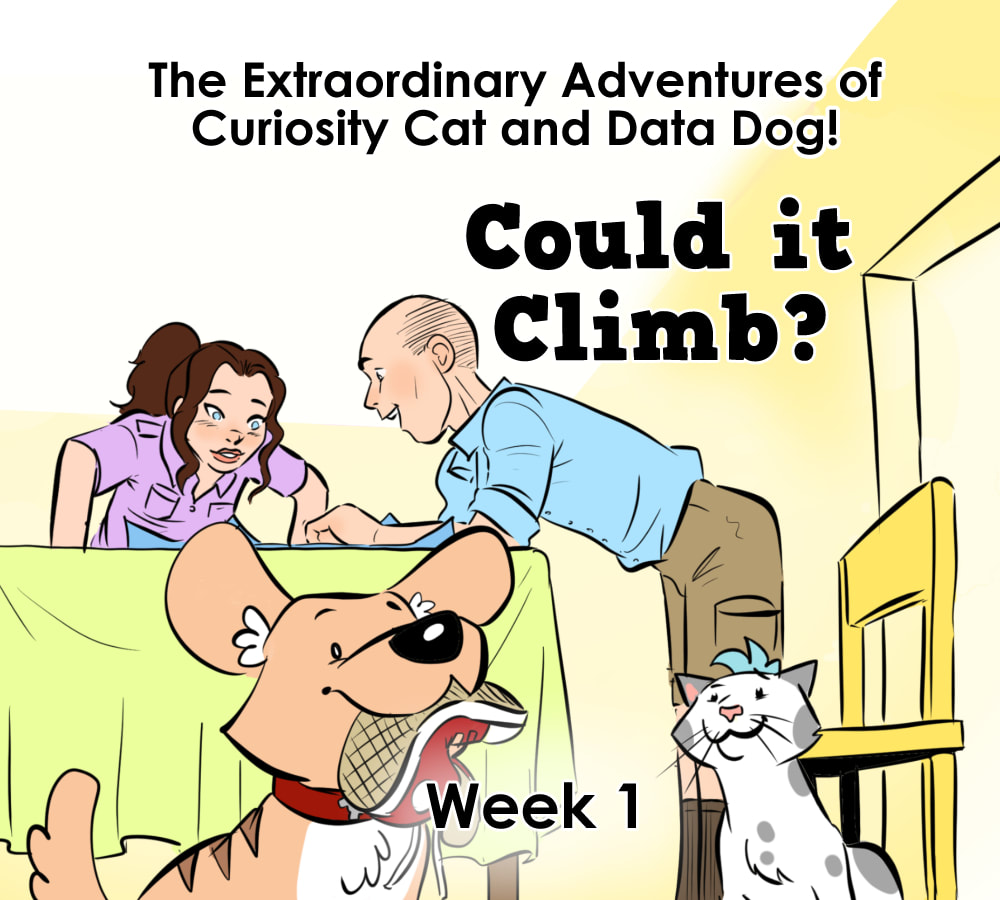
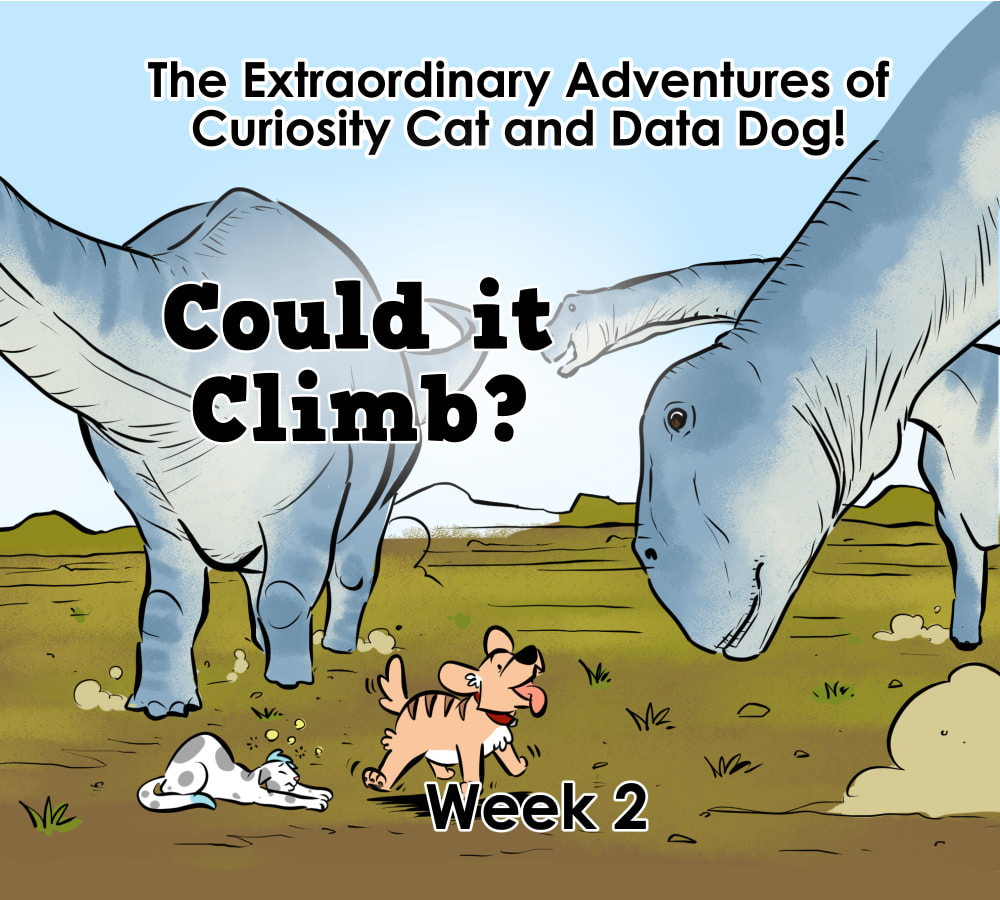
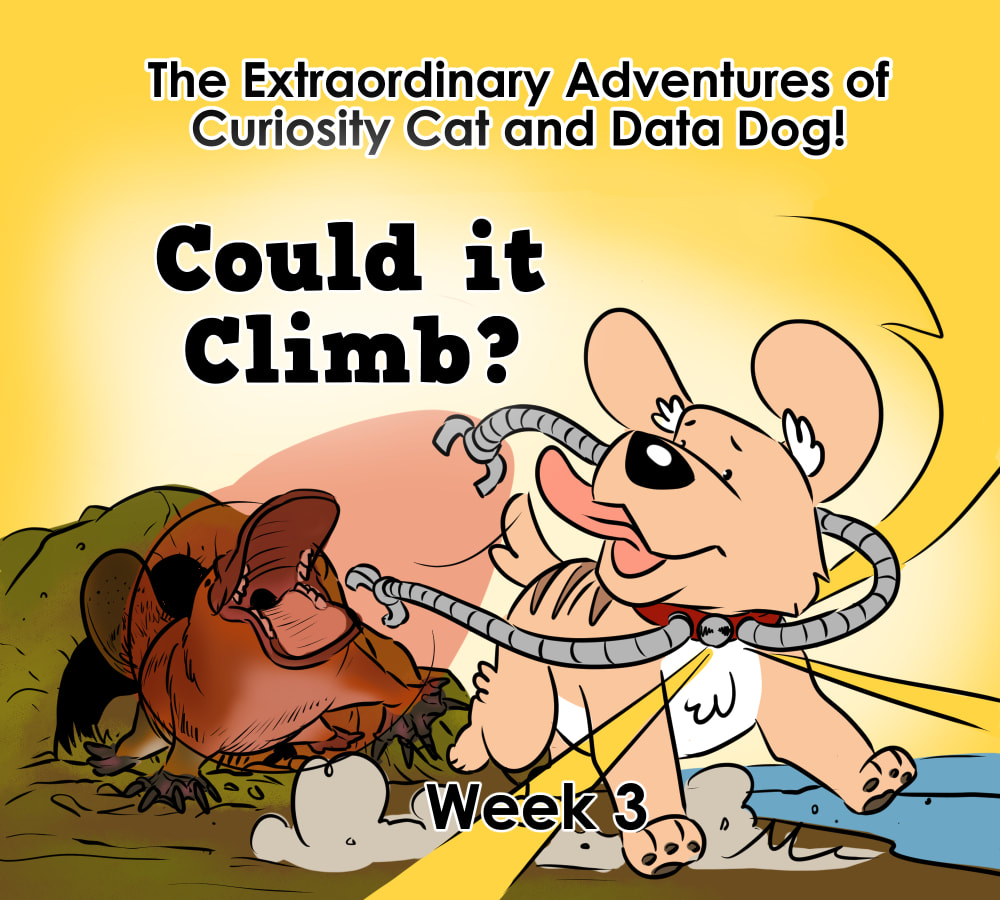
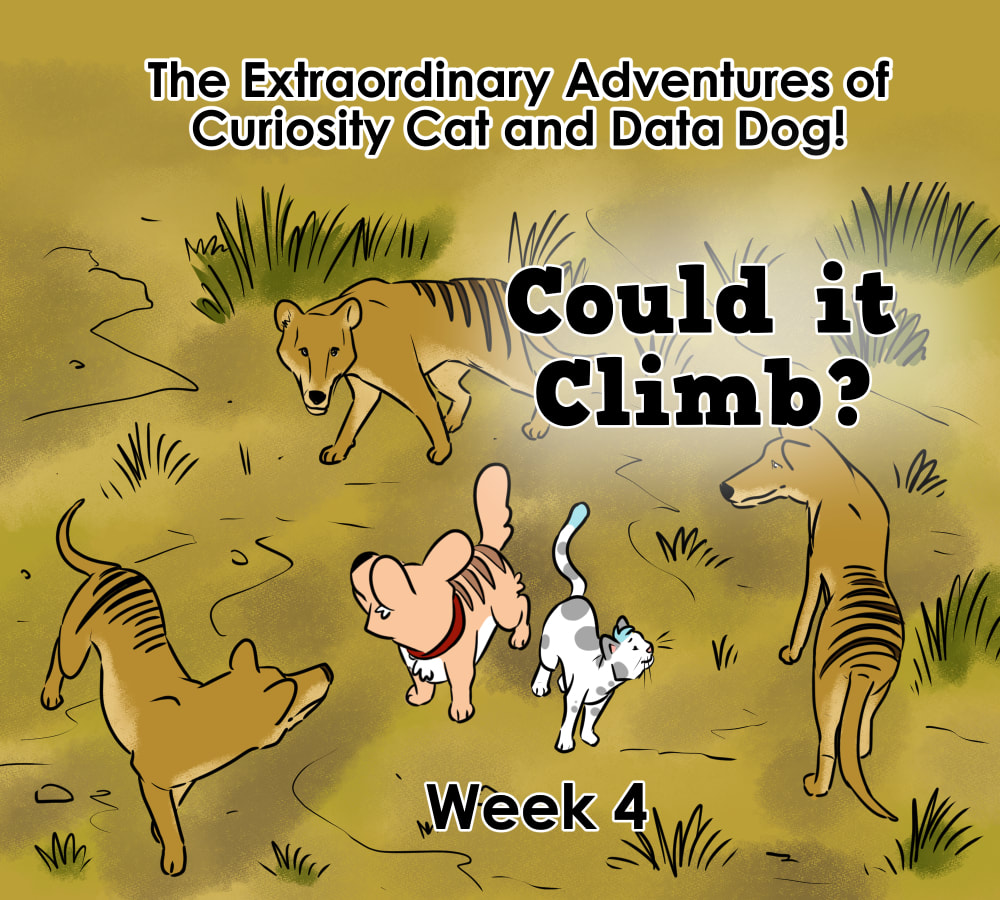
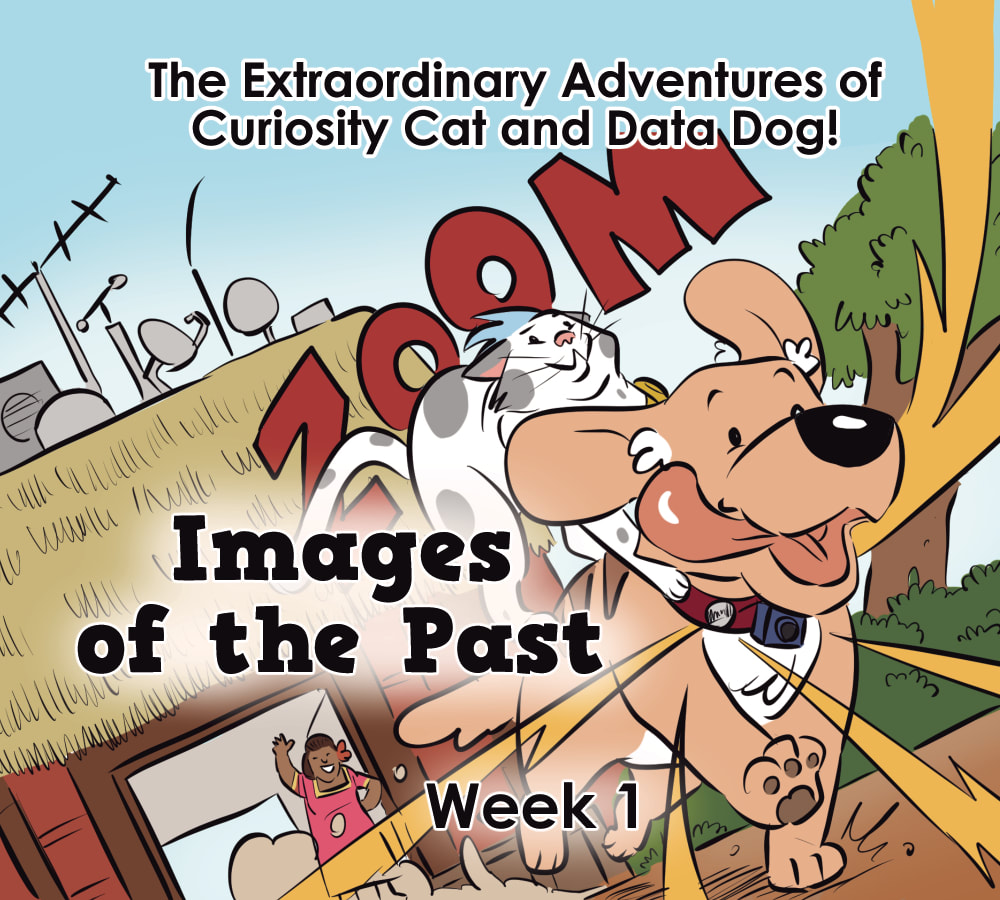
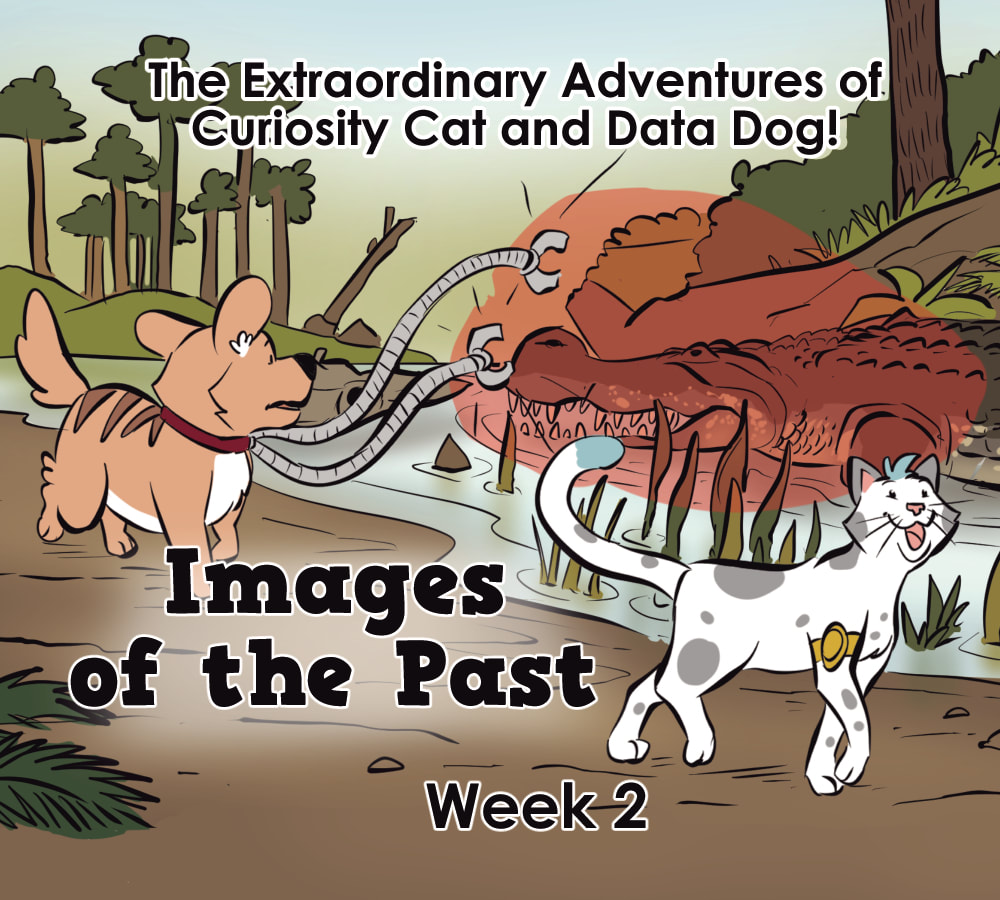

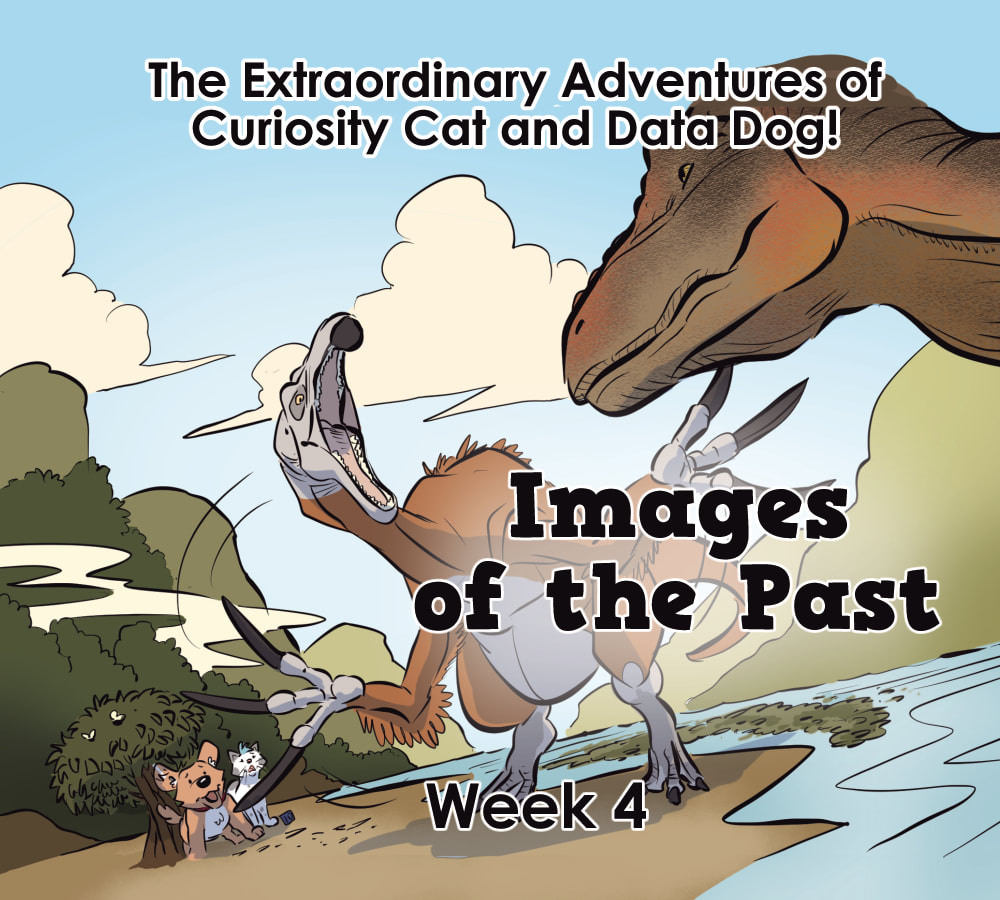
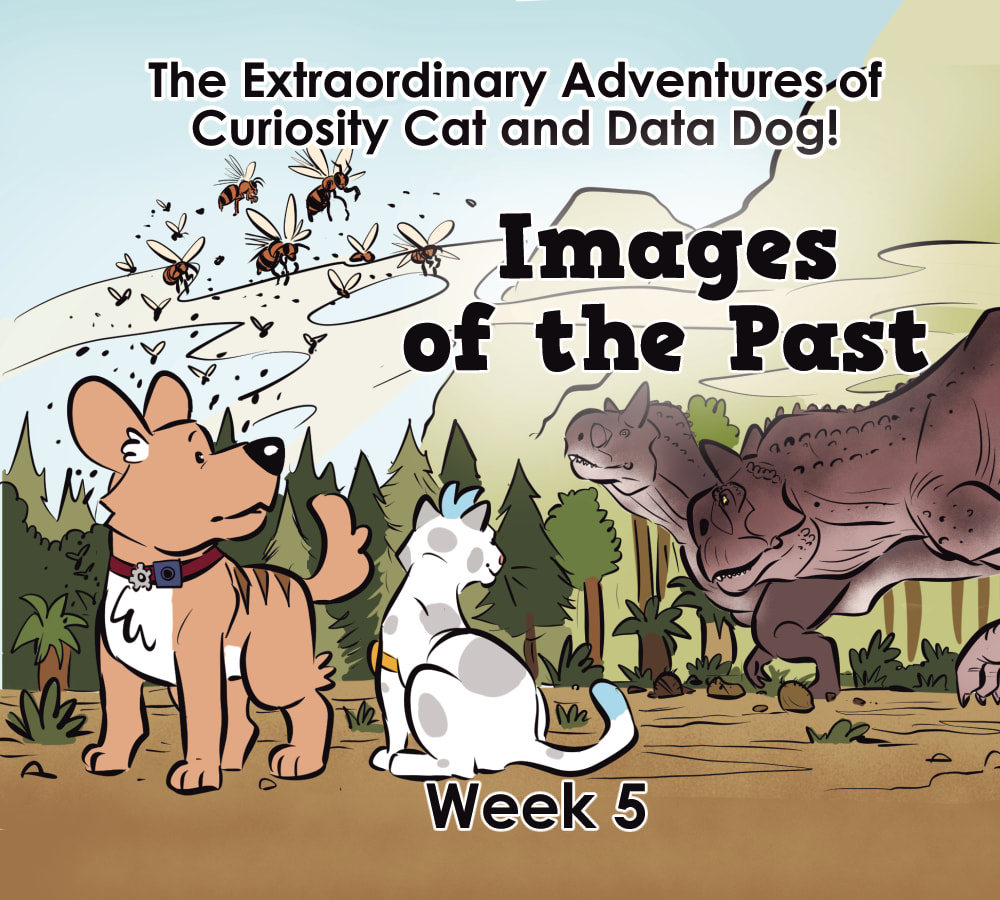
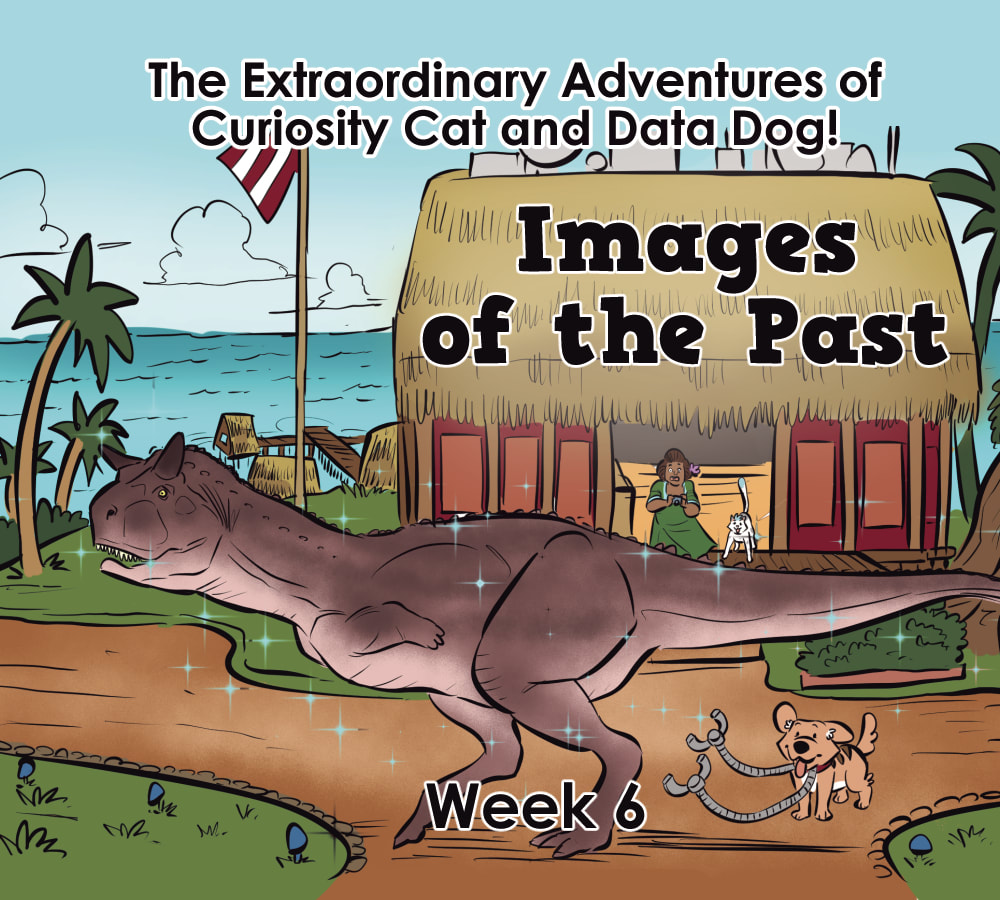
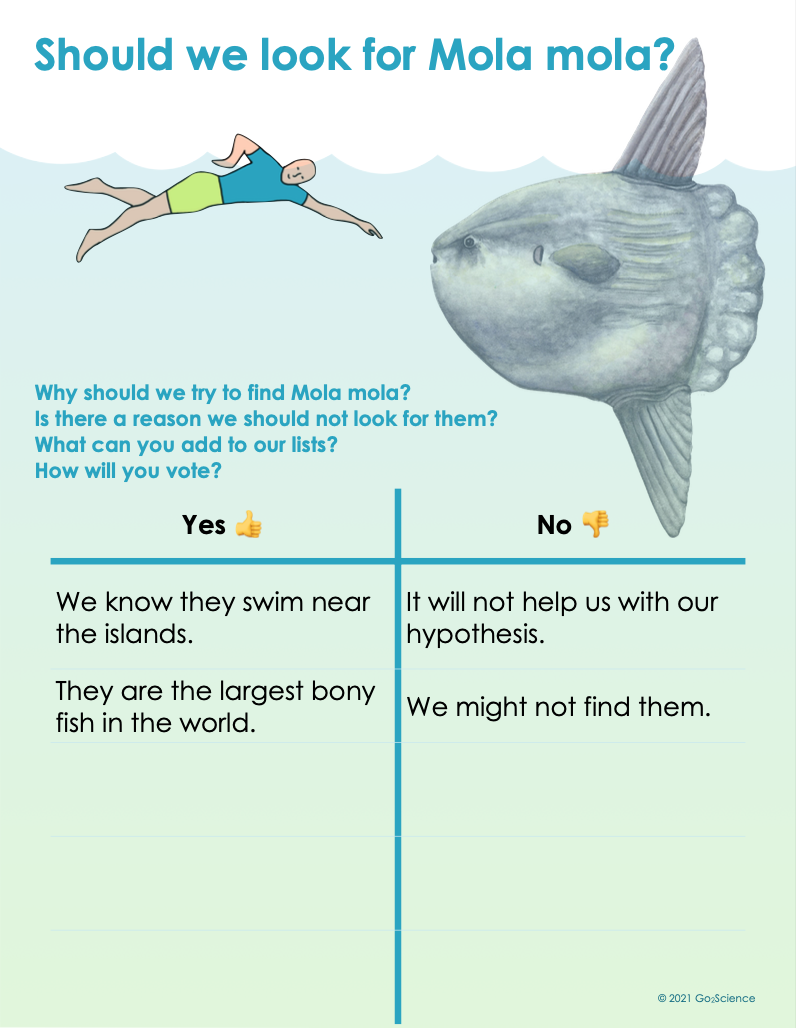
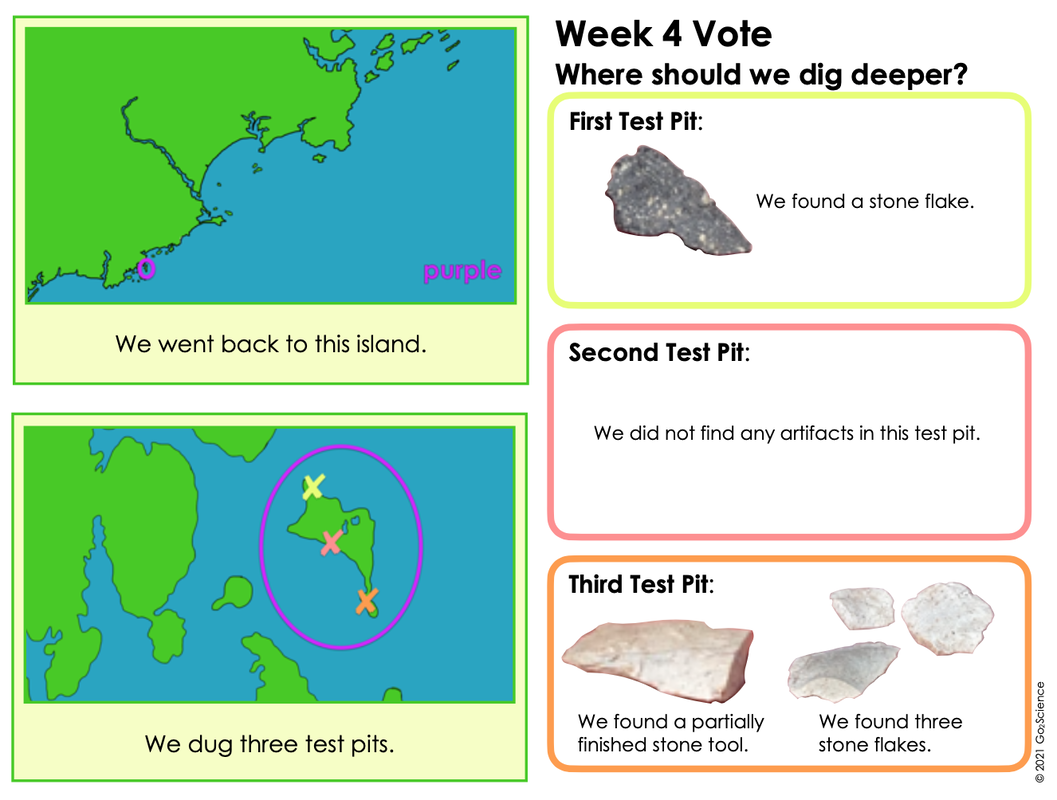
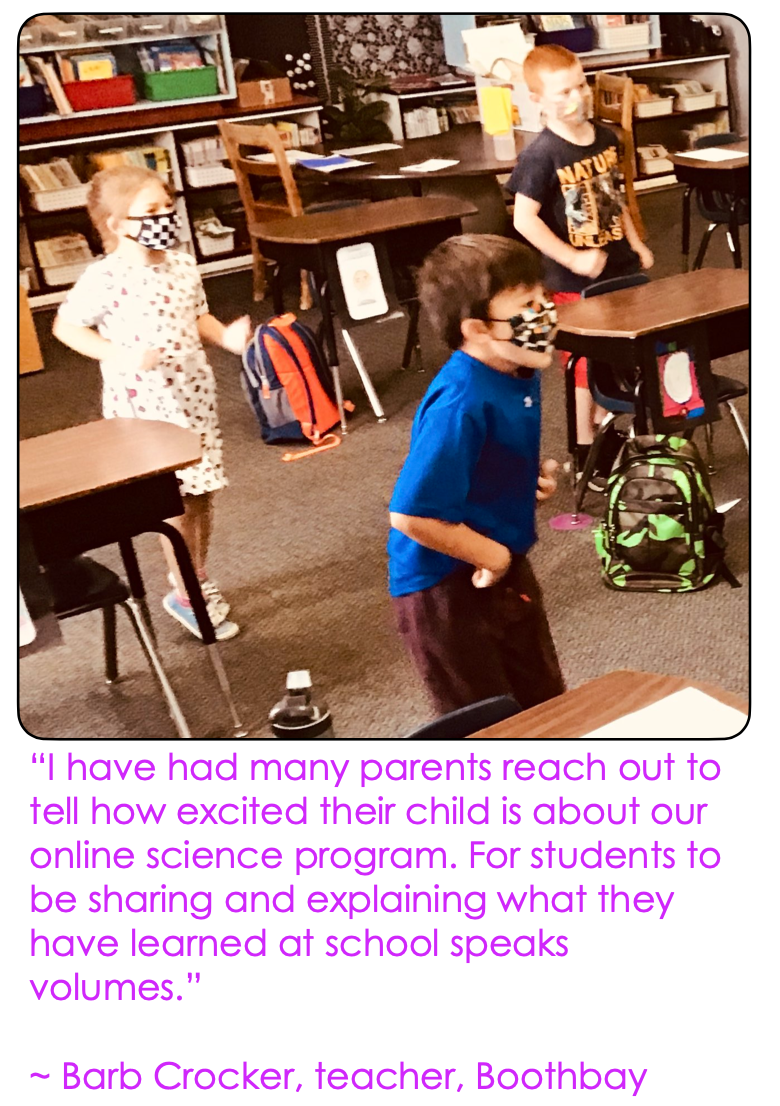
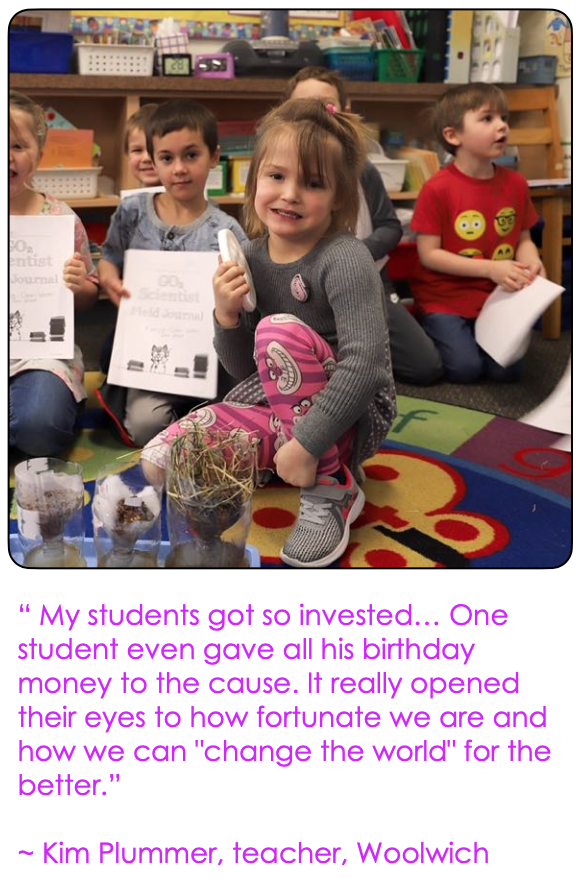
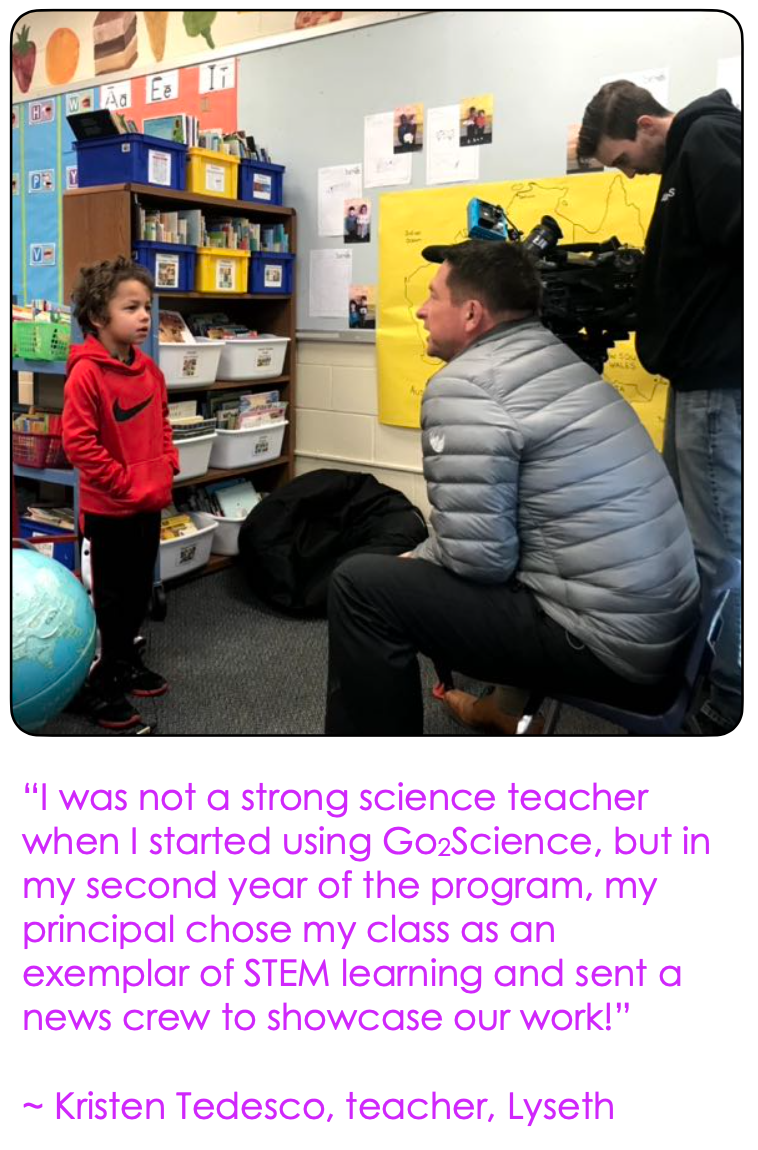
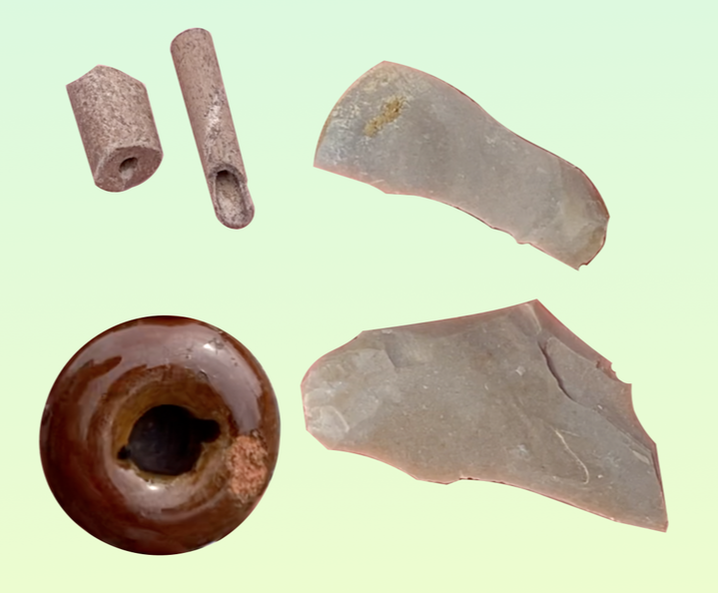
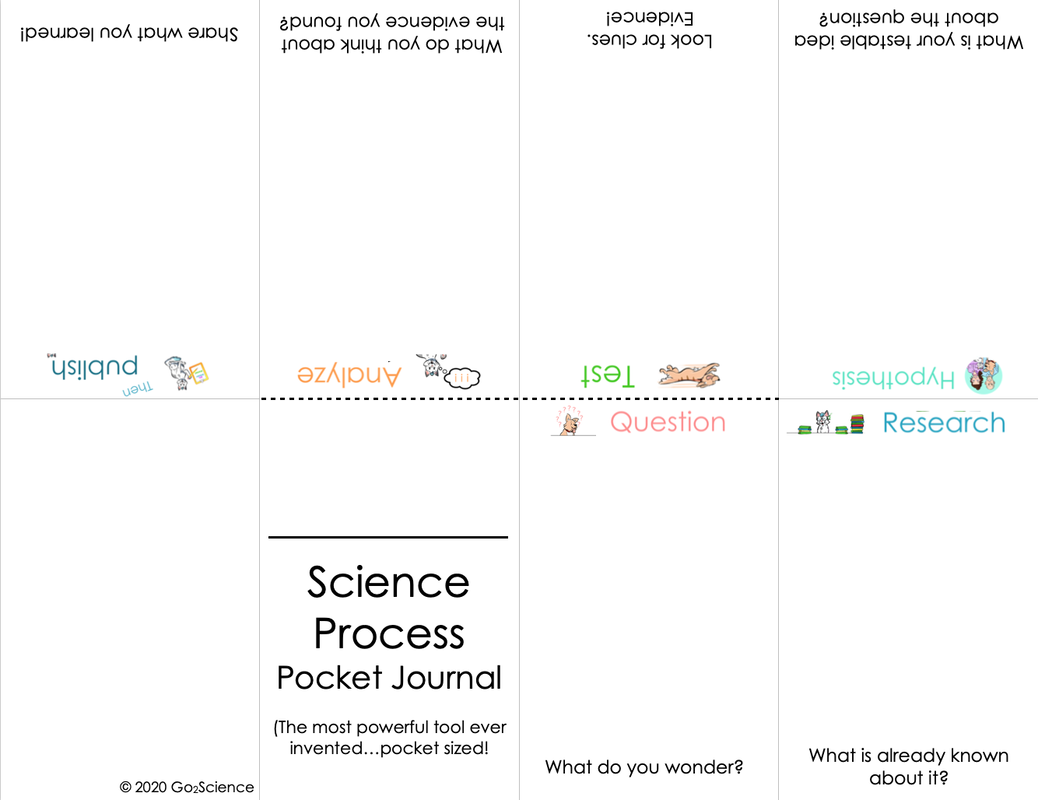
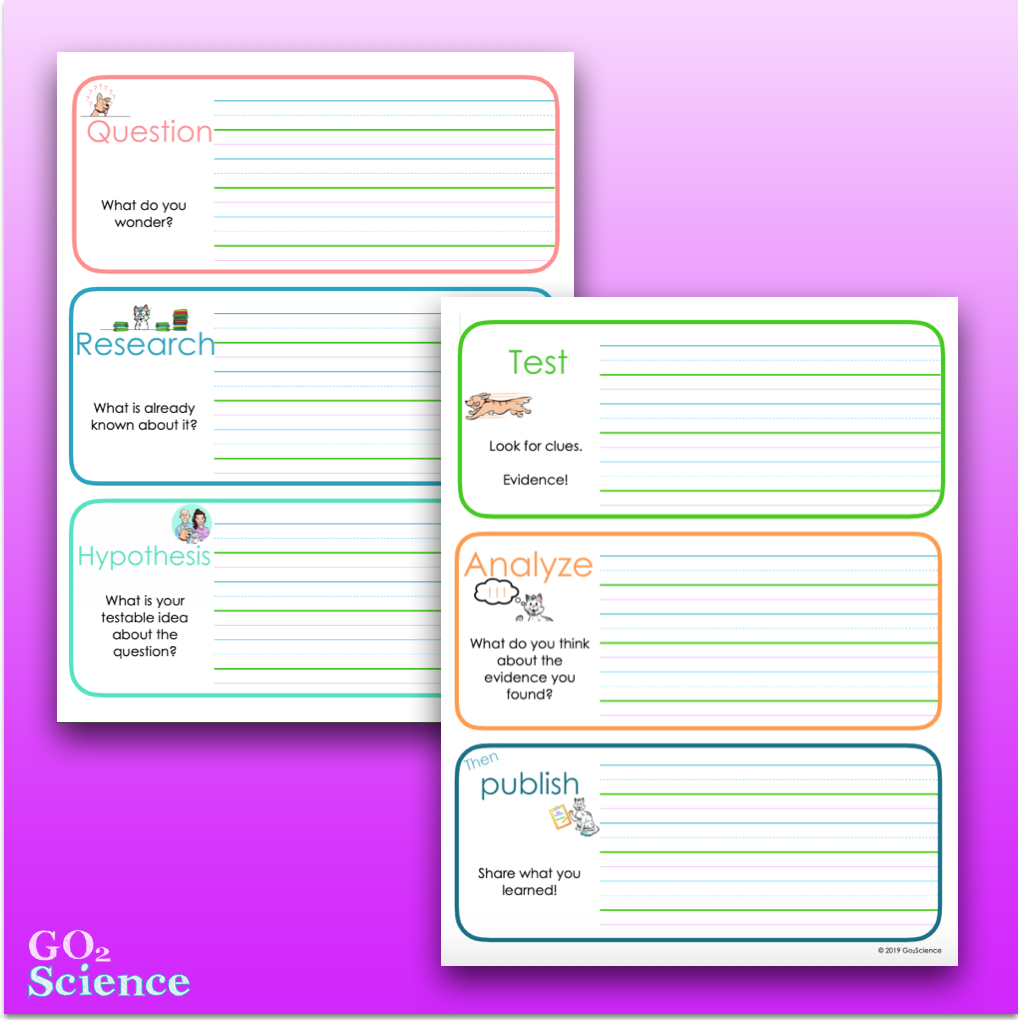
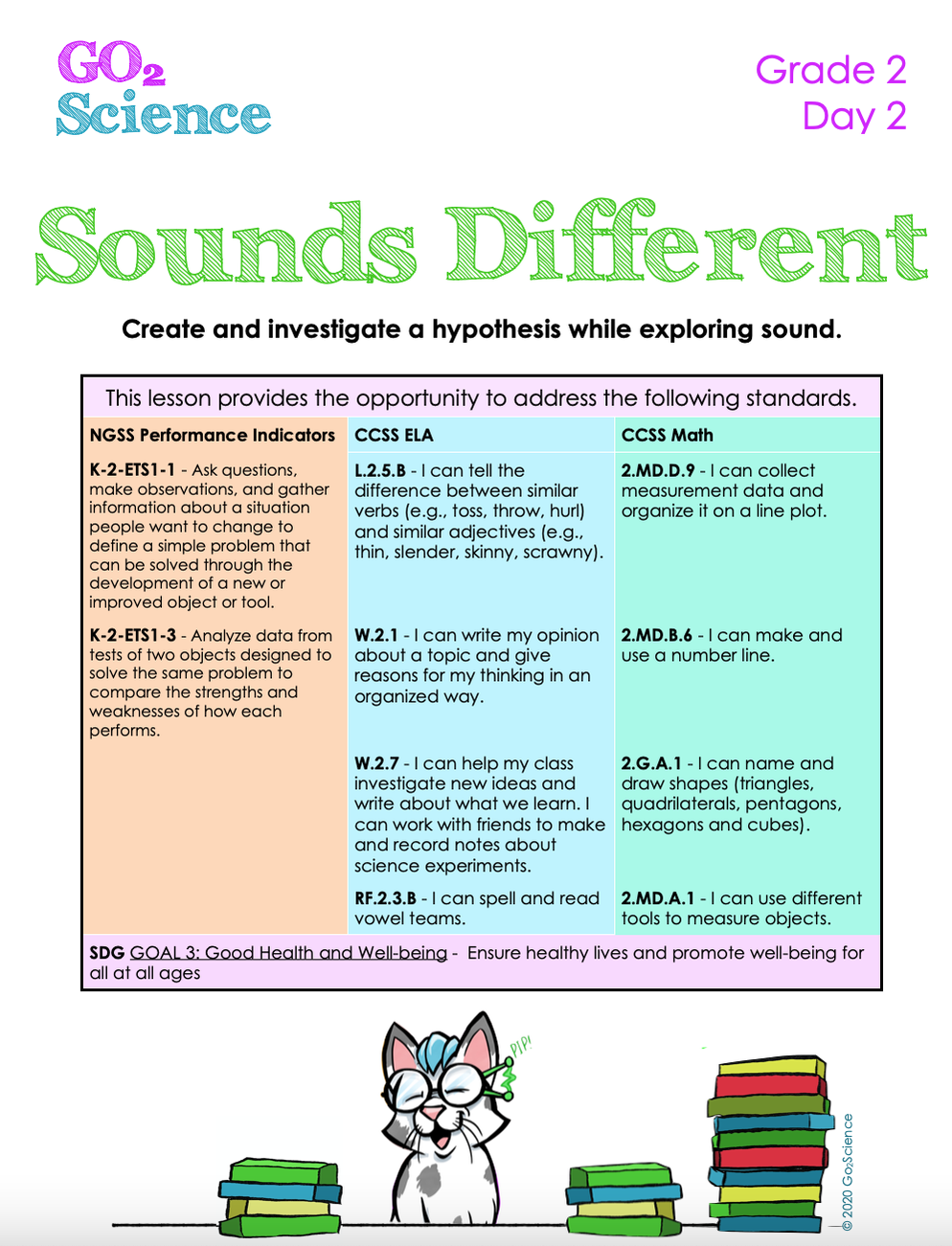
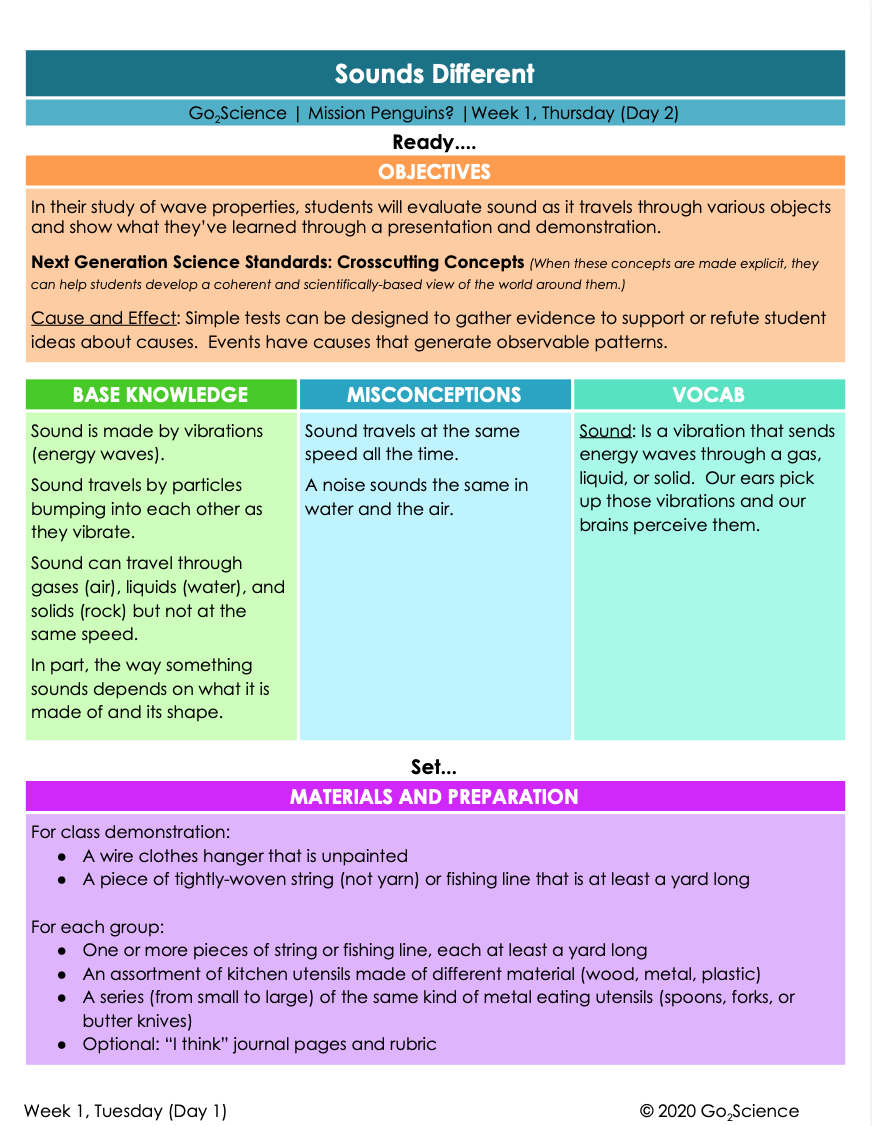
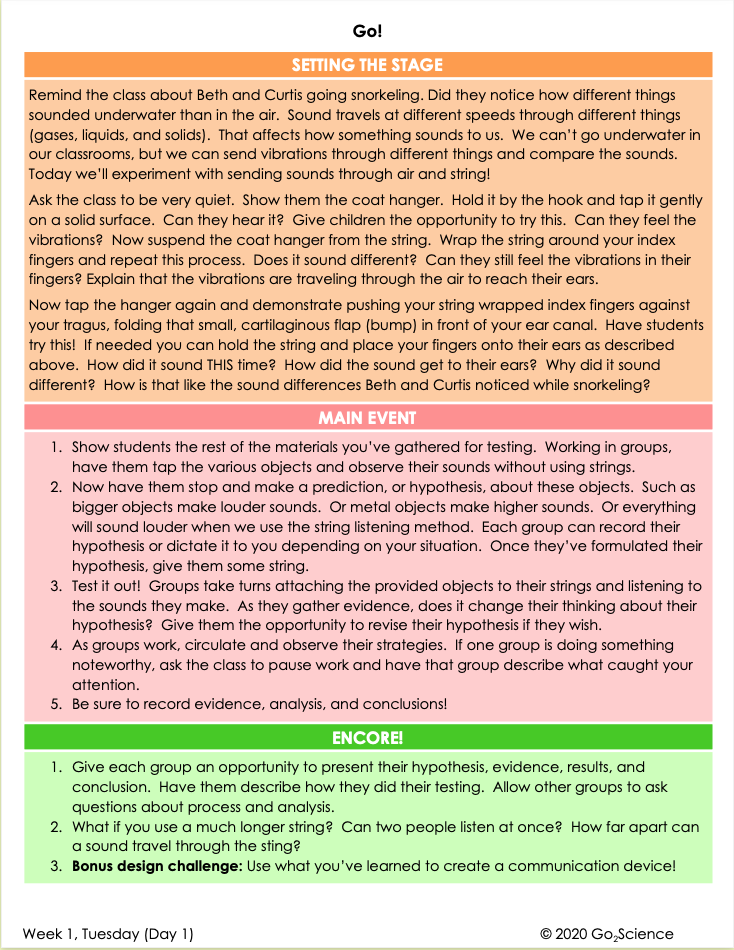
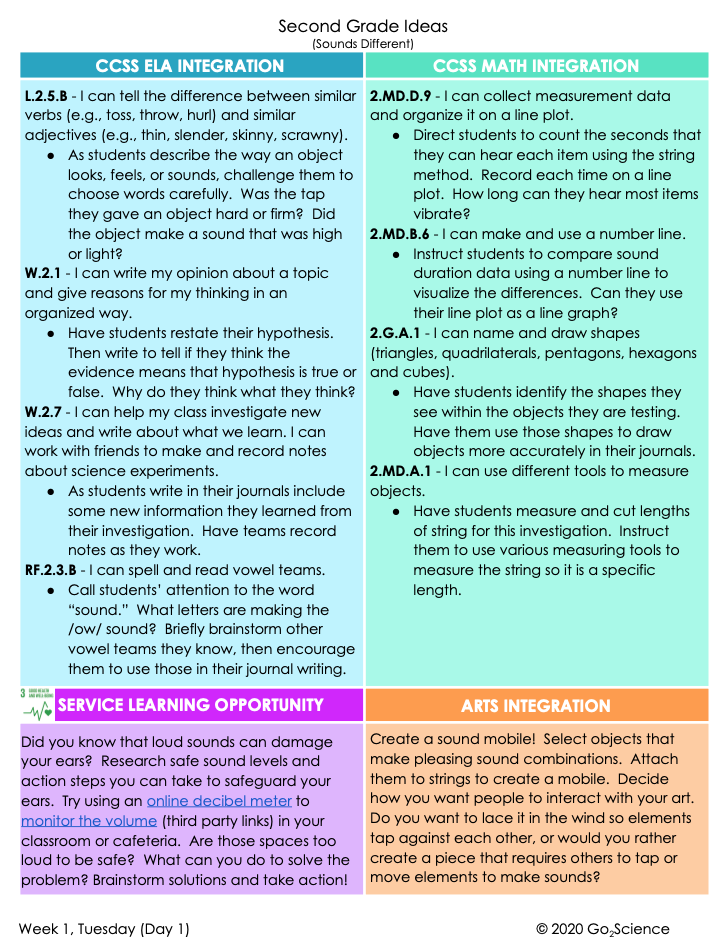
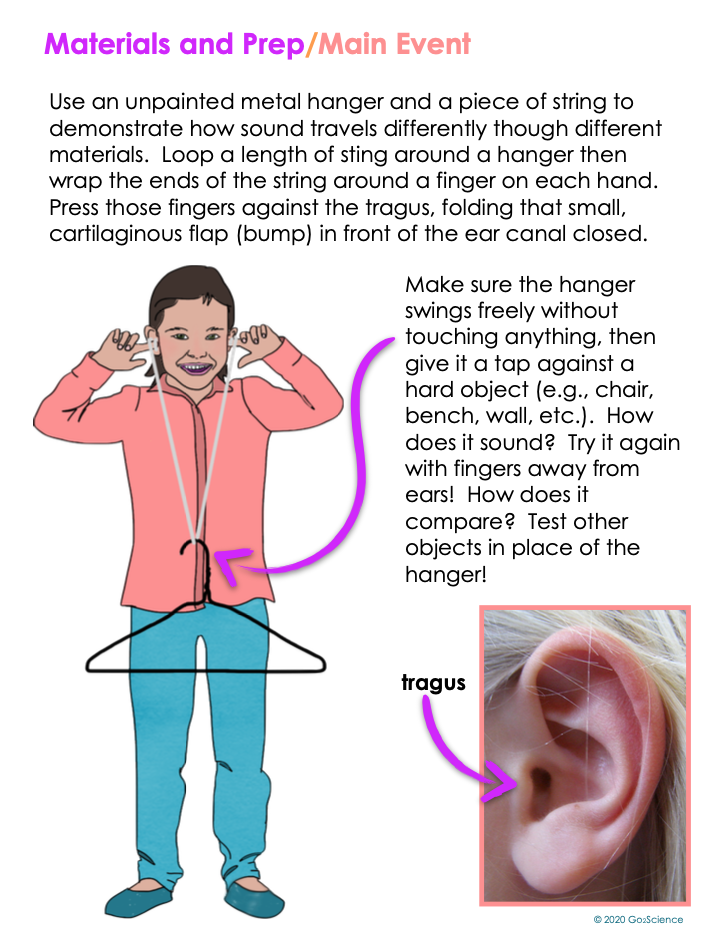
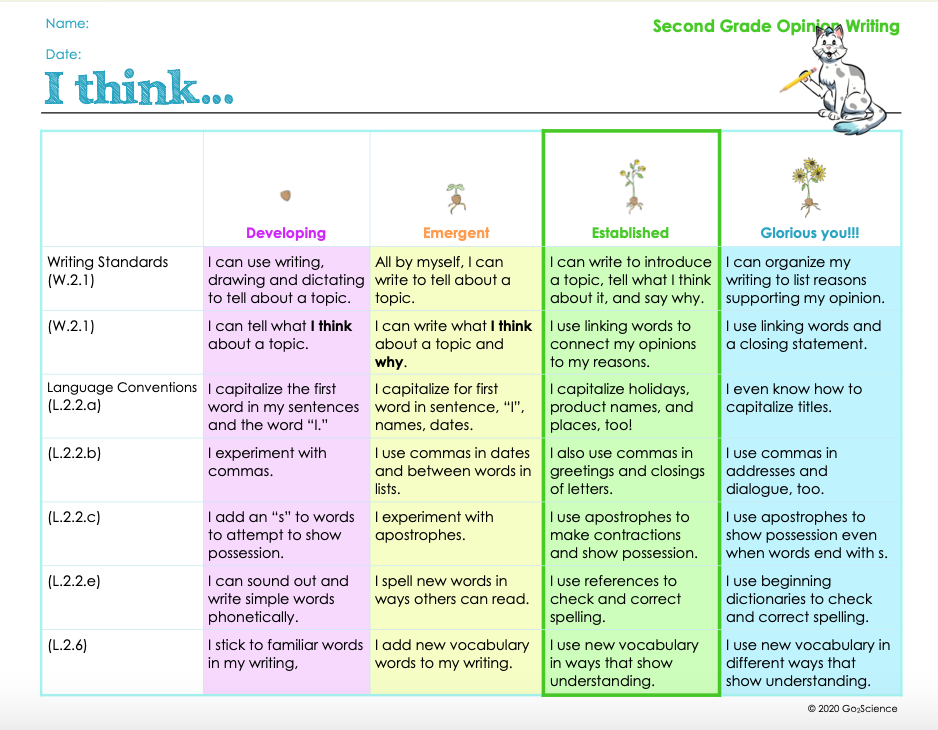
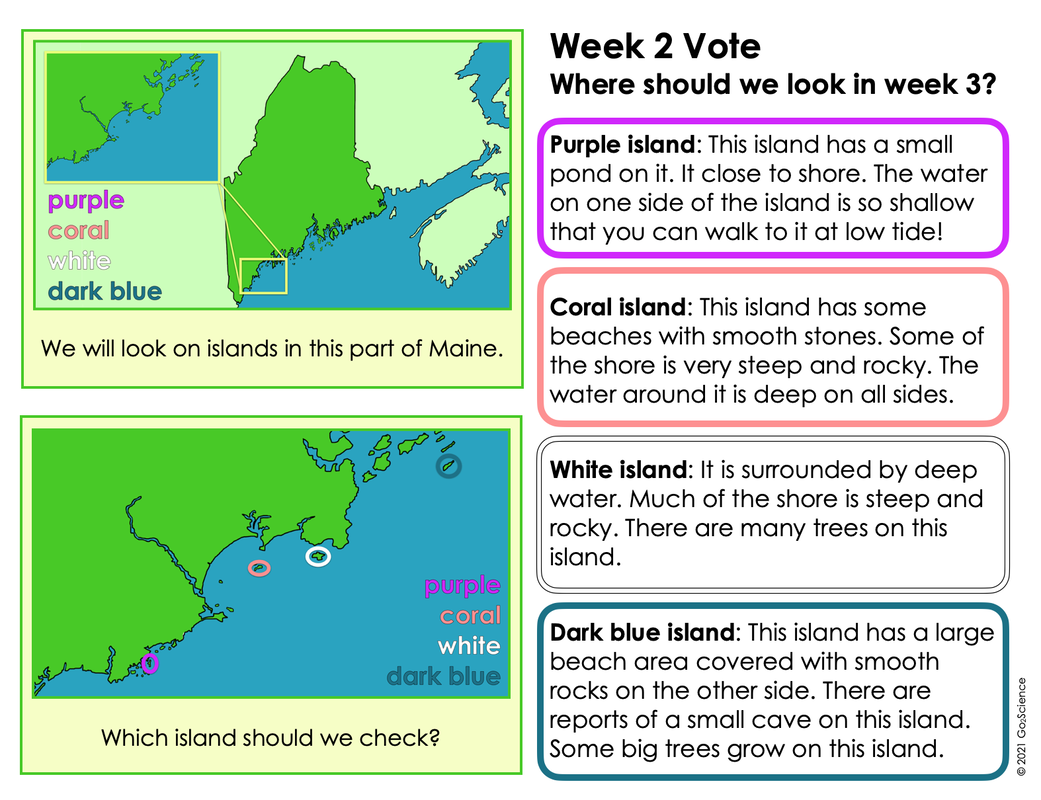
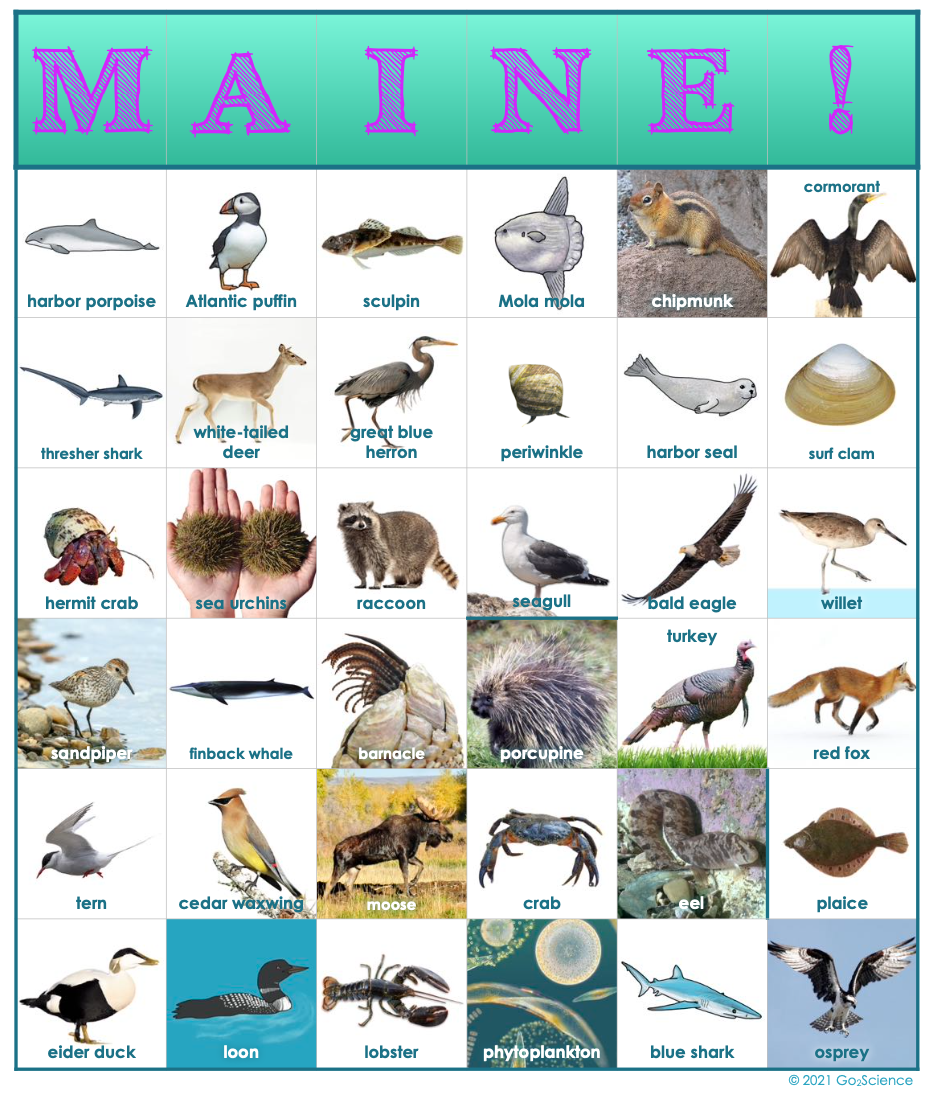
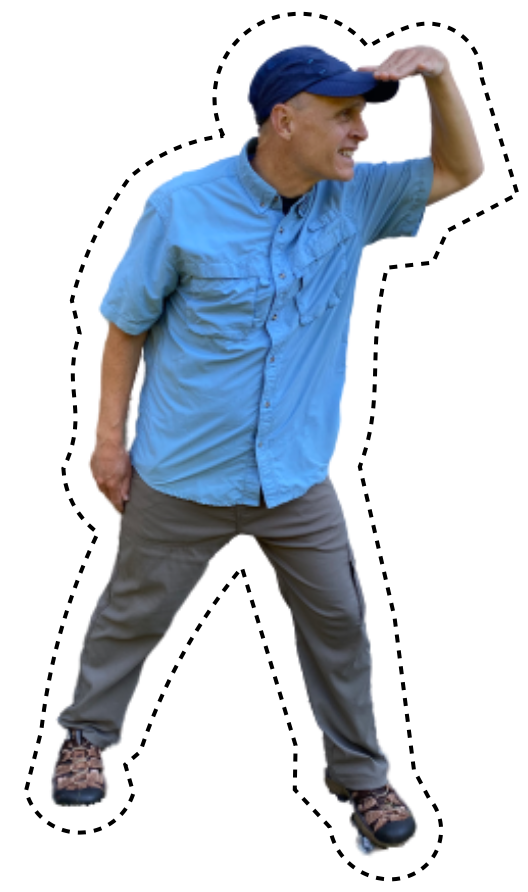
 RSS Feed
RSS Feed
